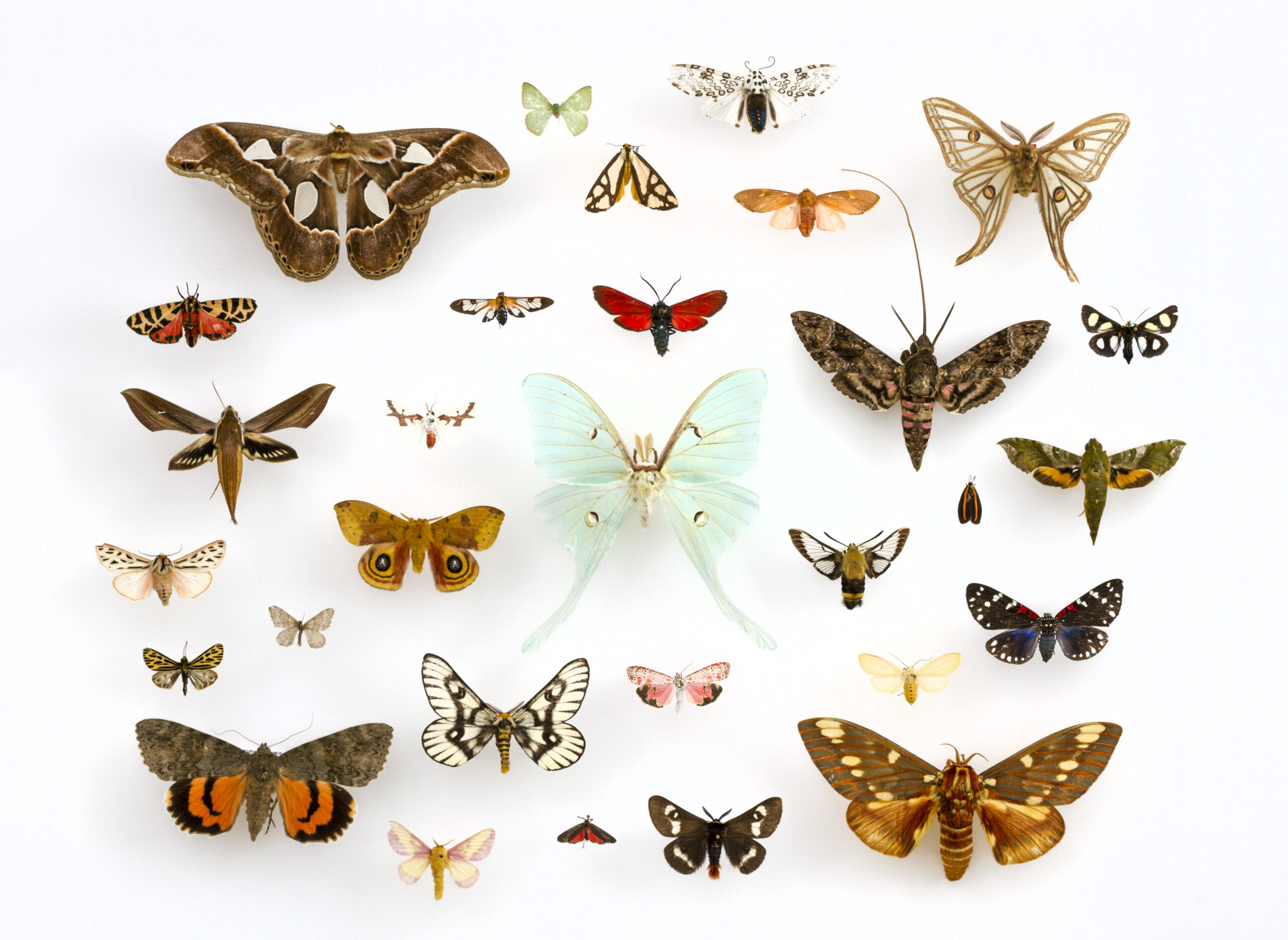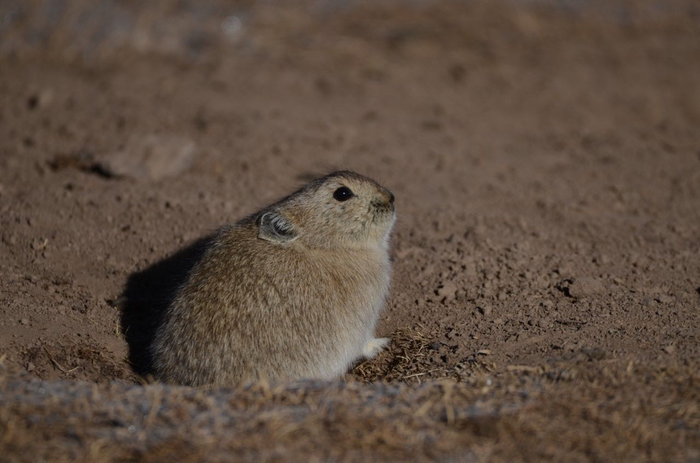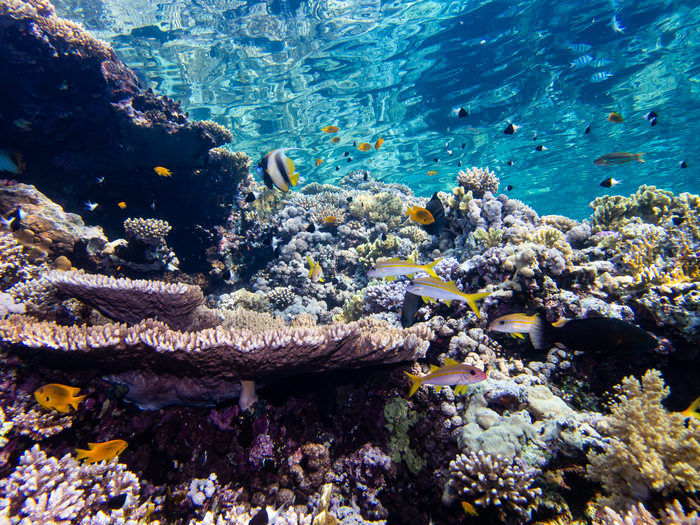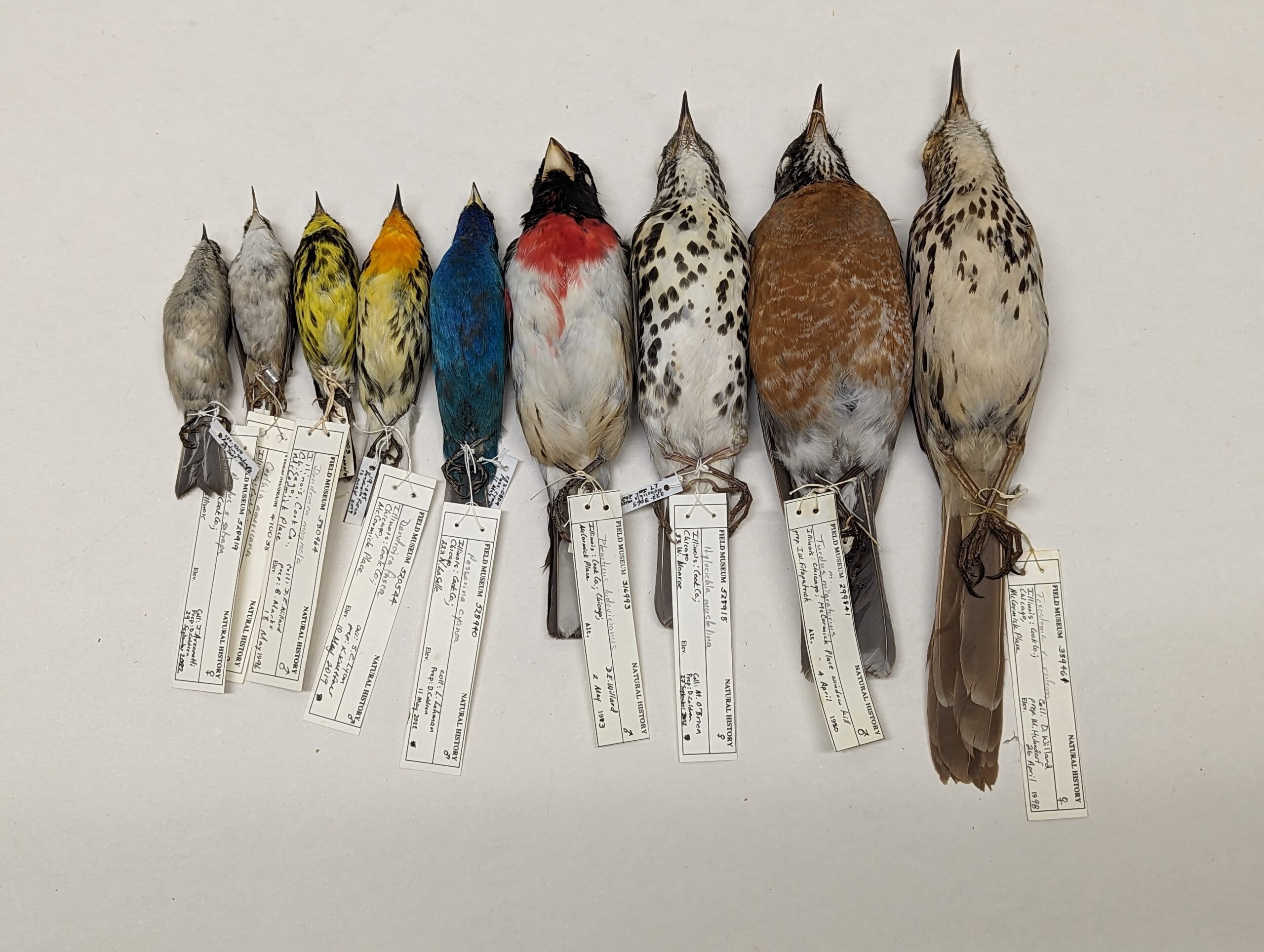Sprung too Soon
The climate crisis is altering seasonal timings, causing bird breeding and vegetation ‘greening’ to fall out of sync. This phenological mismatch is leading to decreased productivity and potential declines in North American bird populations.









